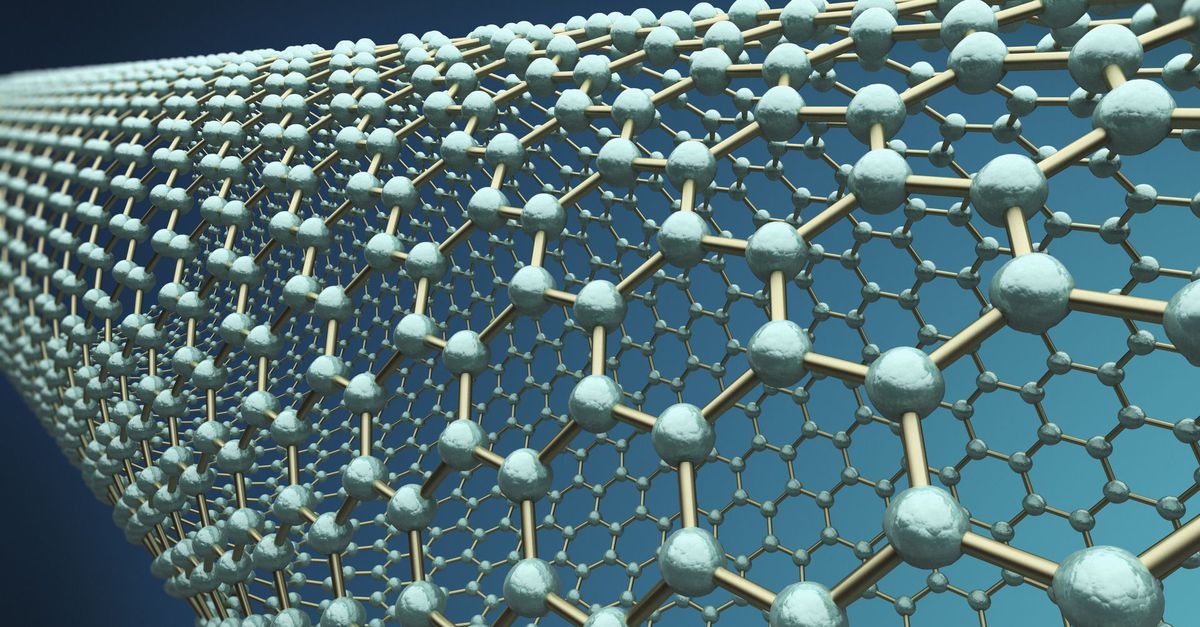Have you hugged or told someone that you love them today? Maybe it wasn’t someone — maybe it was your smartphone that you gave an extra squeeze or gave an extra pat as you slipped it into your pocket. Humans have become increasingly invested in their devices, and a new era of emotional attachment to our devices and other AI seems to be upon us. But how does this work itself out on the other end — will or could AI ever respond to humans in an emotional fashion?
Communication Sparks Emotional Response
AI is broad, and clearly not all AI are meant to give and receive in an emotional capacity. Humans seem prone to respond to features that are similar to its own species, or to those to which it can relate to in some sort of communicative way. Most “emotional” or responsive algorithm-based capabilities have been programmed into robots that are in a humanoid – or at least a mammal-like – form.
Think androids in customer-service, entertainment, or companion-type roles. There are also robots like PARO, the baby harbor seal used for therapeutic interaction with those in assisted living and hospital environments.
In a 2003 paper published through the International Journal of Human-Computer Studies, Cynthia Breazeal quotes a study by Reeves and Nass (1996), whose research shows humans (whether computer experts, lay people, or computer critics) generally treat computers as they might treat other people.
Continue reading “The Emotional Era of Artificial Intelligence” »















